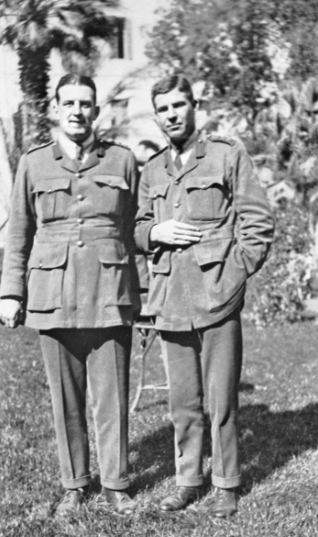Match Report - 2nd Grade vs Sydney CC at Drummoyne Oval (50 Overs)
Sydney University 8/229 (50.0)
R Wikramanayake 51 (90)
H Clark 3-35 (10.0)
DEF
Sydney CC 7/210 (50.0)
T Mullen 99 (149)
C Egerton 3-47 (10.0)
After months of speculation whether Round 1 would even take place, the Sydney Uni Scooby Doos arrived at the glorious Drummoyne Oval with a spring in their step, excited to take on the always competitive Tigers from Tigerland, YELLOW AND BLACK.
The forecasted doom and gloom was nowhere to be seen and the premium nash conditions led to a highly entertaining victory for the newly formed ‘Bottom 5 alphabetically listed surnames’ side (certainly not as easy to scribe as City v Country). Newly-appointed skipper Clark(e) had no hesitation in batting first when the coin toss fell in his favour, the first of a few victories over his counterpart that day. As expected, the Drummoyne wicket was hard but certainly had plenty of grass coverage, ensuring that a fair and honest battle between bat and ball would take place.
Fullerton got a good one and fell early, much to the dismay of his mother who sadly arrived at the ground at approximately 10:06am and was on her way back over the Harbour Bridge by 10:09am. Some classy stroke play between newcomer Wikramanayake and Litchfield was evident for all to see in their 84-run partnership, a clinic of elegant drives from the two top-order bats before Litchfield fell to a sharp catch off the bowling of Mullen. Wikramanayake brought up his second half-century on the bounce for the Students but was dismissed not too shortly after, leaving the Books delicately placed at 3-115 with less than 20 overs remaining.
Old-heads (relatively speaking) Hope and Danne went about ticking the scoreboard over and cashing in on any loose deliveries, a 59-run partnership brought to an end when Hope hit a short wide one straight to backward point that simply “had his name on it”. Some lusty cow-corner heaves from Zannino had his shoulder in all sorts but the Italian Stallion carried on batting and still wicket-kept the whole second innings in a courageous effort.
The Sydney side bowled and fielded serviceably, the final score for the Uni Boys was 8-229 - competitive but certainly not in the driver’s seat.
The Uni bowlers set about their work on a wicket that was turning into a genuine flatty. A rhythmic and threatening first spell from Tate went unrewarded, however, skipper Clark(e) possessed the magic touch to get the breakthrough, bringing himself on and beating the Sydney opening batter for pace with a perfectly placed yorker. Drinks came with the Tigers looking comfortable in their position of 1-71, the message in the huddle was clear - energy in the ring to cut off singles and limit the boundary ball. Compare the Meerkat...simples.
The first ball after the break, Hope was gifted a return catch off a shin-high fully, bringing the Tigers skipper to the crease in what everyone knew was going to be a pivotal partnership in the game. The Students stuck to the game plan with exceptional tenacity and slowly began accumulating dot ball after dot ball, creeping the required run rate above 5, 5.5, and eventually 6 as the two sides headed off for their second smoko.
The young Students were right up for the fight, especially when skipper Clark(e) nicked off the dangerous Smith and then blew off the next batsman’s foot with another searing yorker. Bang, bang, one brings two, death, taxes and Clark(e) on a hat-trick etc etc.
The double-wicket over was a massive shift of momentum in the game and was capitalised on beautifully by the young Blue & Gold boys. The incoming Sydney batters had obviously just put down the ‘The Jacques Kallis Guide to Chasing in a One-Dayer’ moments before coming out to the crease and struggled for any fluency against the quality death-bowling skills of Greaves, Flanagan and Tate.
In what was a team effort for the ages and to no surprise, the morale in the sheds following the 19-run victory was sky-high. It must be said - after months of not being able to spend any time with our mates during another mentally taxing lockdown, those 3.5 hours in the field at Drummoyne were as much fun as your scribe can remember having on a cricket field for a very, very long time.
Love the Uni Boys.
Max Hope








